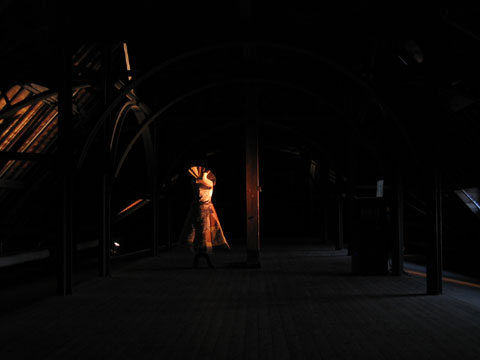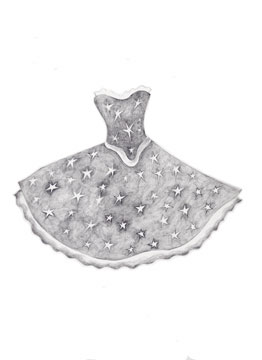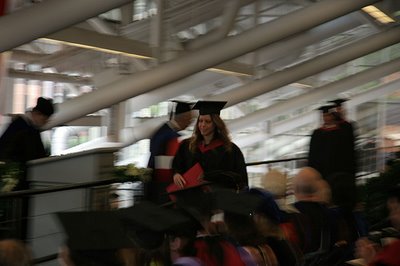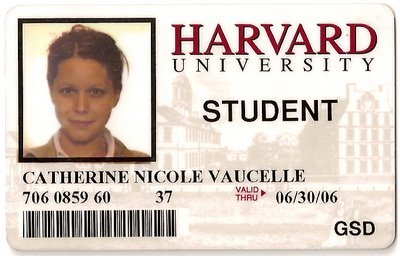If you’re new here, you may want to subscribe to my RSS feed to receive the latest Architectradure’s articles in your reader or via email. Thanks for visiting!

This project is part of a body of research that focuses on relational and ubiquitous performance. Investigating historical performance-centric contexts and adapting new scenarios for wearable and sensing technologies, “Peau d’Âne” seeks to create a bridge between the symbolic percipience of fairy tales and current technological innovation. In particular, this project explores the potential for wearables to become agents of performativity.
I am a total fan of Valérie Lamontagne’s work. She interprets one of my favorite Charles Perrault fairy tale “Peau d’Âne” by giving life to the ‘impossible’ dresses that a young princess orders her stepfather to thwart marrying him.
These three dresses made of immaterial materials. The first is to be made of the “sky” and should be as light and airy as the clouds. The second is to be made of “moonbeams” and should reflect the same lyrical intensity as the moon at night. The third, and last, is to be made of “sunlight” and should be as blinding and warm as the sun above.
The Sky dress will display changing structure and sounds based on changes in the sky. The dress will be made of inflatable plastic complete with wind-chiming tunnels. The more clouds in the sky, the larger the dress will grow, much like a cloud itself. The more wind outside, the more the dress will “sing” as air is propelled through small plastic pipes to create sounds. Precipitation or rain will make the dress vibrate as the rhythm of the airflow in the dress is regulated (i.e. air will go in + out in a rhythmic fashion).
The Moonbeam dress will display changing colour patterns based on the 28 day cycle of the moon. These at times subtle and other times shocking transformations will be made utilizing conductive threads and epoxies along with a combination of plastisol / thermochromic paints. Thermochromic paint is heat-sensitive paint, which can change from one colour to another or from opaque to transparent when exposed to a heat source. The Moonbeam dress will be embroidered with conductive thread in order to trigger responses in the paint and represent the moon cycle as it appears and disappears. As the moon cylces from a small sliver on the right to a full mood to a small sliver on the left, the dress’ colours and patterns will do the same.
The Sun dress
The Sun dress will display lights in motion based on changes in the sun. The dress will be constructed with a checkerboard of LEDs (light emitting diodes). The LEDs will be set in motion based on UV and sun intensity readings. The greater the intensity of the sun, the brighter the dress will glow, much like the sun itself. The more UV rays outside, the more the dress’ LEDs will flash, like a warning/danger sign. The changing patterns of the fully addressable LEDs will also permit to graphically represent the rising and setting sun as well as the changing direction of the sunrays.
Valérie Lamontagne’s work in details …











